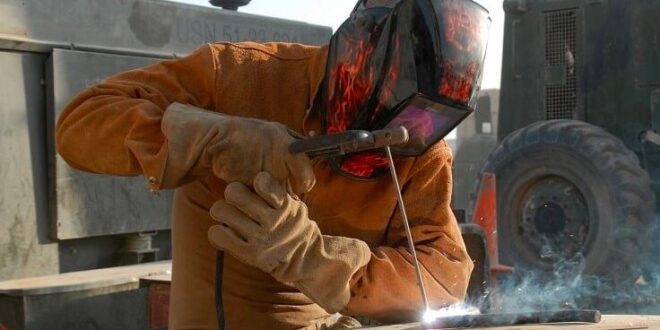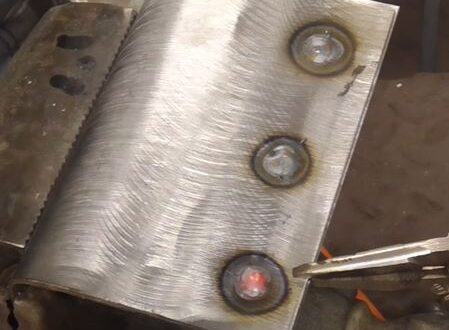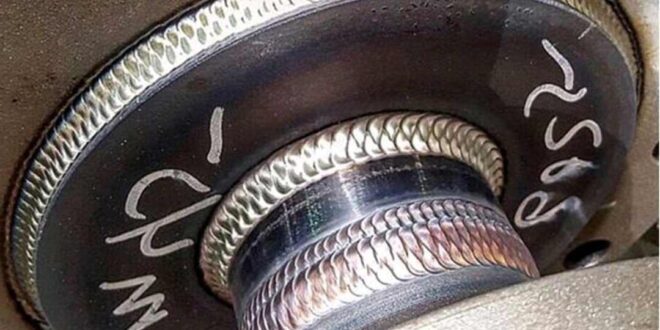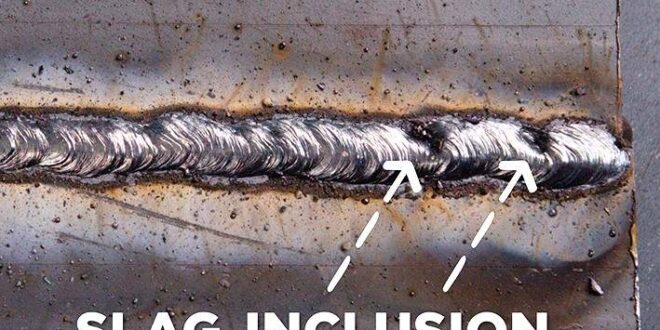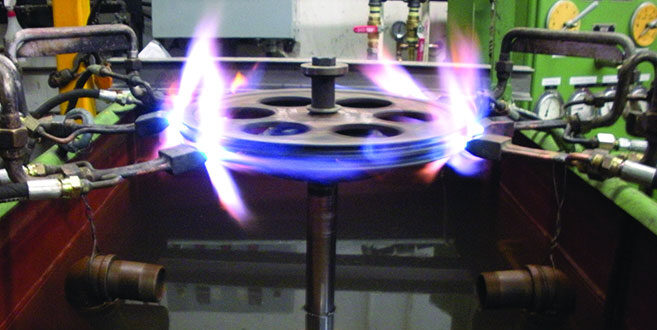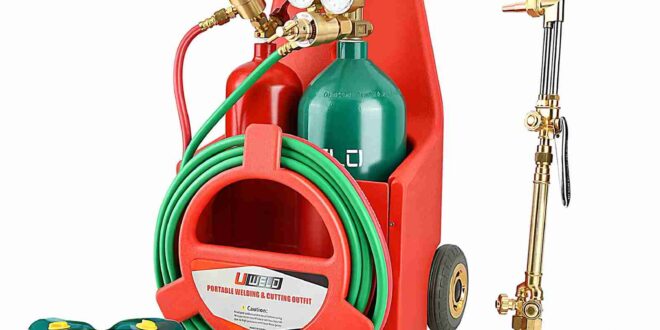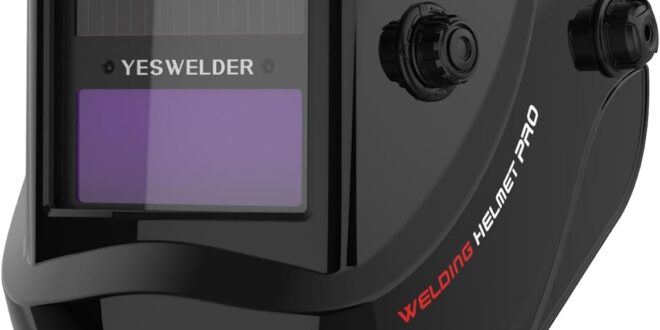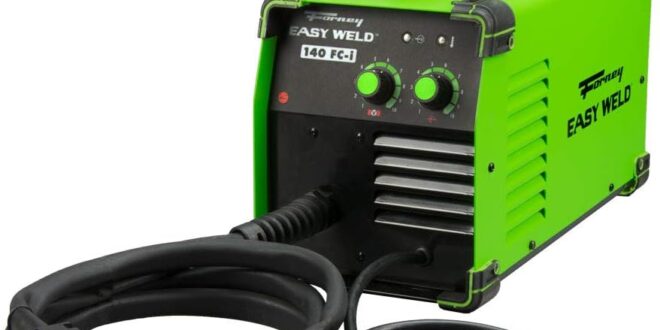Arc Welding Safety Arc welding is a widely used technique in various industries for joining metals. Arc welding is a welding process that uses an electric arc between an electrode and the base material to melt the metals at the welding point. The melted metals then form a weld pool, …
Read More »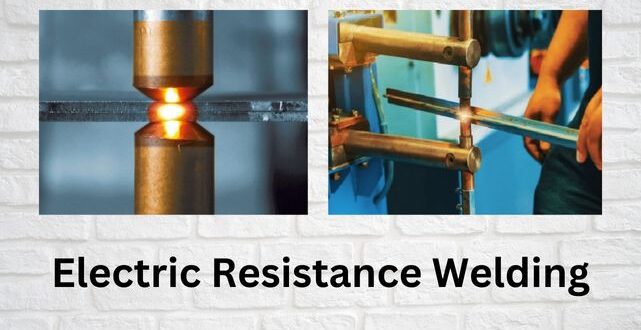
 Welding of Welders All about Welding and Welders
Welding of Welders All about Welding and Welders
